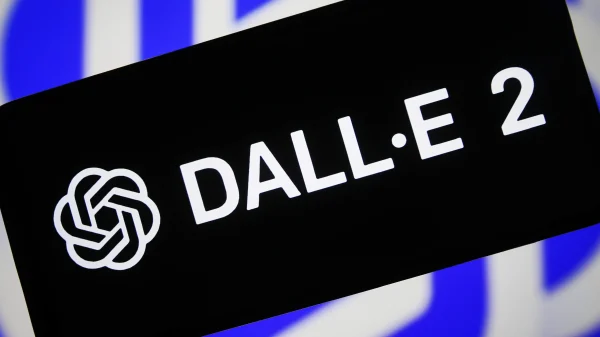
The MD 12 was a colossal dream that never quite took flight. Designed to revolutionize air travel with a massive double-deck structure, it promised an entirely new passenger experience. Yet, its size, complexity, and timing made it an impossible feat. Let’s explore how this aviation legend almost soared.
Visionary Beginnings Of The MD 12

The project started with bold ambitions to create the world’s largest commercial jet, capable of carrying over 800 passengers. With a double-deck design and massive wingspan, it promised to revolutionize air travel. But despite its grand vision, the MD 12 never took off.
The MD 12’s Place In Aviation History
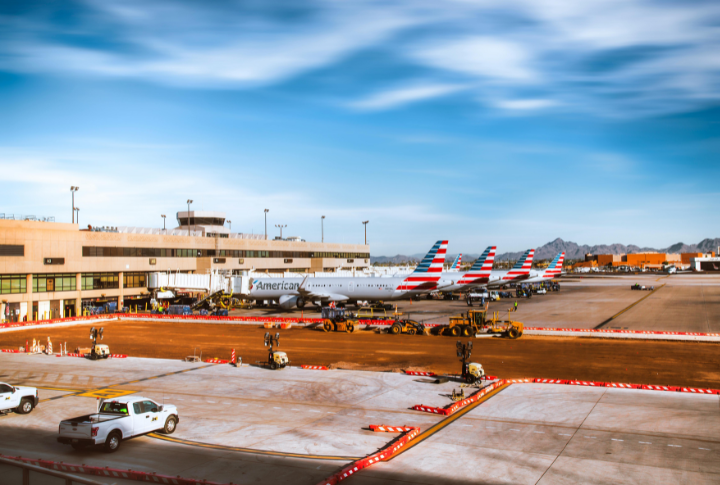
This jet was designed to compete with the 747, which had already taken the skies by storm. However, MD 12’s innovative double-deck design made it stand apart. While its history is brief, it remains a legendary “what could have been” for aviation aficionados everywhere.
Advanced Engineering Features Of The MD 12
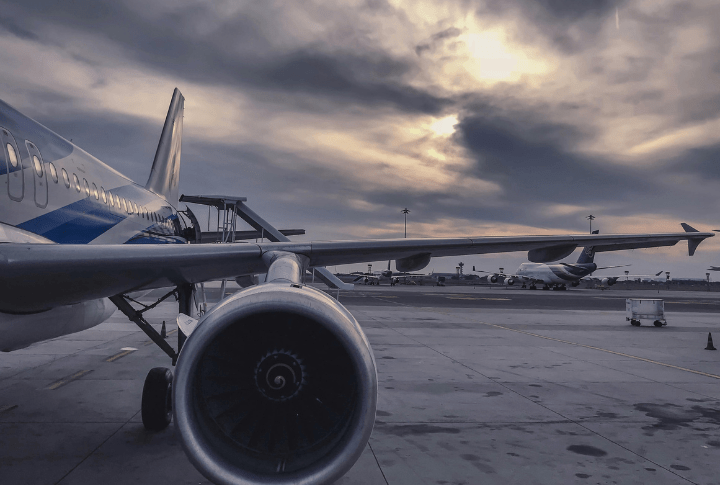
With a 213-foot wingspan and advanced materials, it pushed boundaries in aerodynamics. Its twin-deck configuration aimed to maximize space and efficiency. Unfortunately, it was all too much—its size and complexity made it a tough sell for airlines in the 1990s.
Challenges Faced By The MD 12’s Designers

Creating a double-deck jet with a capacity of 800 passengers wasn’t just a design challenge; it was a logistical nightmare. McDonnell Douglas faced multiple roadblocks, from balancing weight to designing an efficient yet enormous airframe.
The MD 12 And The Concept Of A Double-Deck Jet
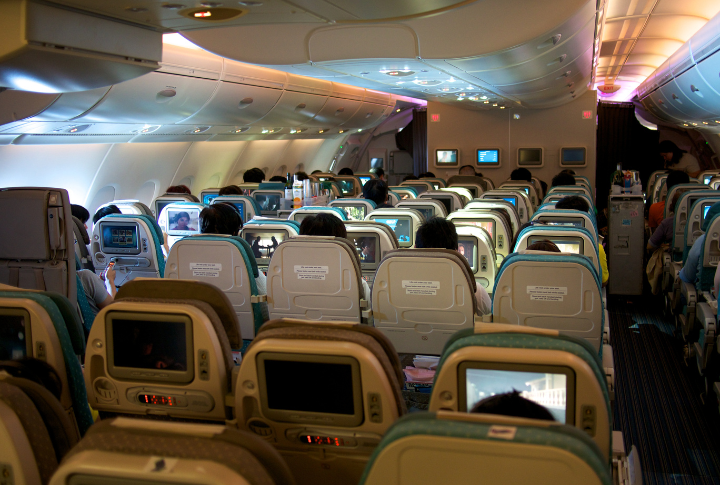
Double-deck jets have always intrigued the aviation world, and the MD 12 was the ultimate experiment. But its sheer size created operational difficulties. The concept could have worked in a different era, but in the early ‘90s, the world just wasn’t ready for such a massive aircraft.
The MD 12’s Environmental Considerations
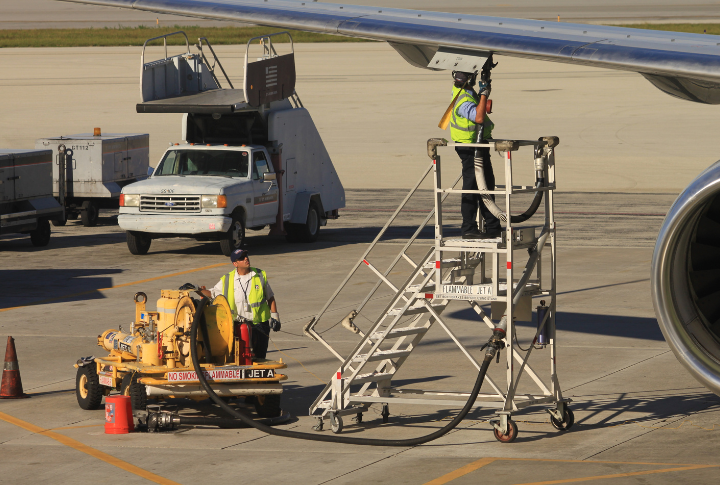
Despite its giant size, the MD 12 was designed with environmental impact in mind which featured lighter materials and improved fuel efficiency. However, its weight and massive engines ultimately undermined these efforts.
Economic Pressures Behind The MD 12’s Failure

Airlines in the early ‘90s were not ready to invest in the MD 12’s costly design and operations. When compared to more conventional aircraft like the Boeing 747, the operating costs were too high. Economics, as always, proved to be the deciding factor in this dream’s demise.
Comparison With The Boeing 747
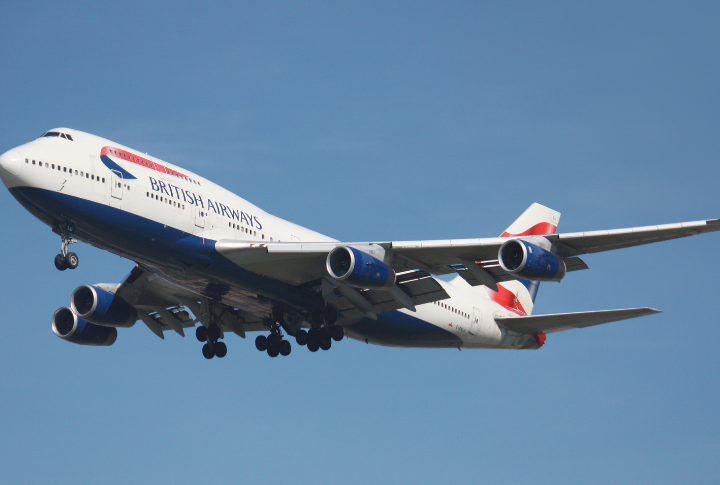
When comparing the MD 12 to the Boeing 747, the 747 had a clear edge. While the MD 12 was innovative, it was ultimately too costly and unproven. The 747 was already dominating the skies, and many airlines were hesitant to take a chance on a new, untested competitor.
The Influence Of The MD 12 On Future Aircraft
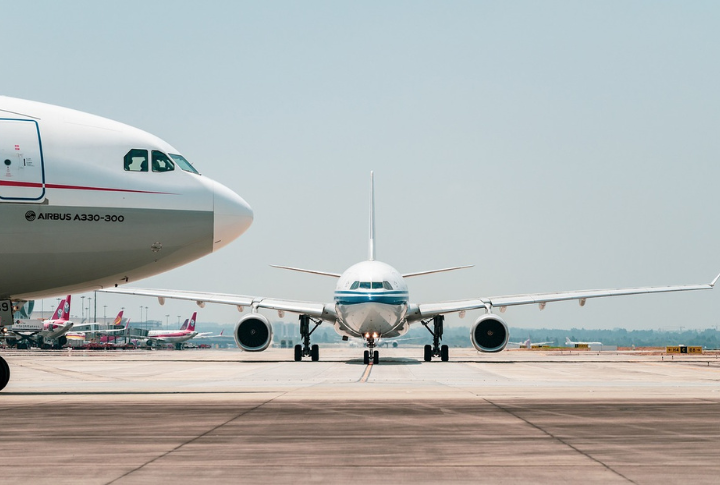
While the MD 12 may have been grounded, its influence wasn’t. The lessons from its ambitious design were later applied to other commercial jets, particularly in wing aerodynamics and passenger capacity. It’s safe to say the MD 12 left its mark on aviation.
The Role Of The MD 12 In Shaping Airline Demand
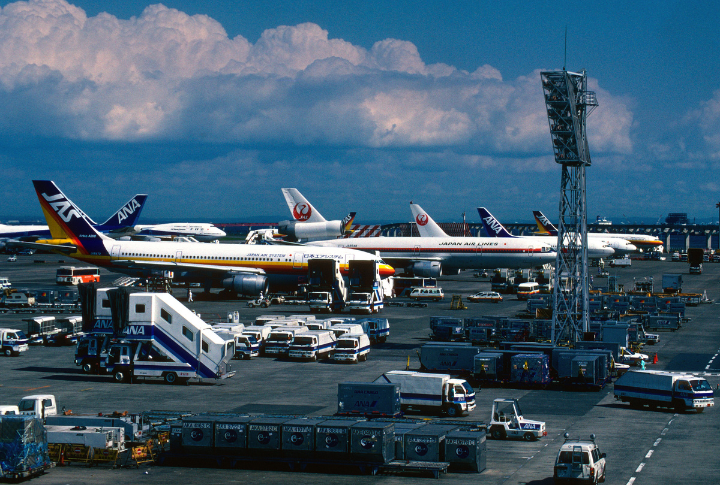
In the early 1990s, airlines faced increasing competition and declining profits. With its massive capacity, it looked appealing on paper but couldn’t meet the market’s shifting demands. By the time it was ready to roll out, airlines had already turned to more flexible, cost-effective options.
Key Technological Features That Set The MD 12 Apart

Advanced technology was at the core of the MD 12’s design, with innovations like fly-by-wire controls and modern avionics. These features made the MD 12 a step ahead in certain areas, but its sheer size and complexity ultimately became its downfall.
MD 12 Vs Airbus A380: A Parallel Journey
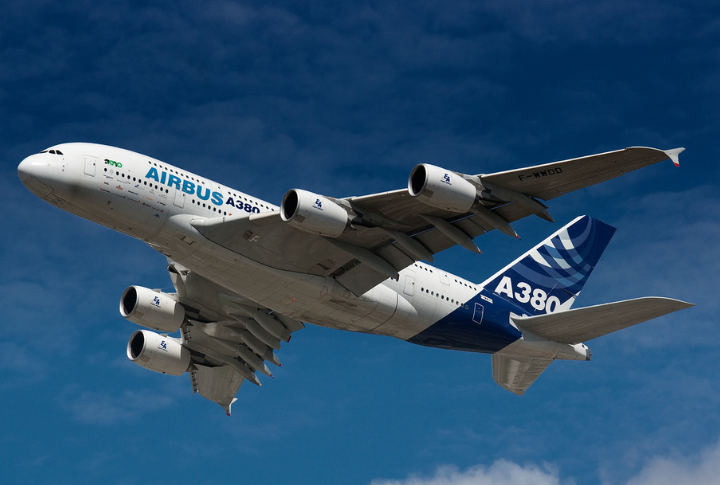
It’s almost poetic—its journey mirrors that of the Airbus A380, another colossal double-decker jet. Both planes aimed to revolutionize air travel, but the MD 12 never made it to production. In contrast, the A380’s success demonstrated the right time, place, and market for a super jumbo.
How The MD 12 Would Have Transformed The Passenger Experience

The MD 12 would have offered passengers a new level of comfort with its spacious, multi-level cabin. It was designed with luxurious amenities like more legroom and better entertainment systems, something even modern jets continue to strive for.
The Decline Of McDonnell Douglas In The 1990s

By the time the MD 12 was on the drawing board, McDonnell Douglas was facing increasing financial pressures. The company was struggling to compete with Boeing’s established dominance. Despite its bold vision, it was a victim of a company in crisis.
The MD 12’s Legacy on Aircraft Design
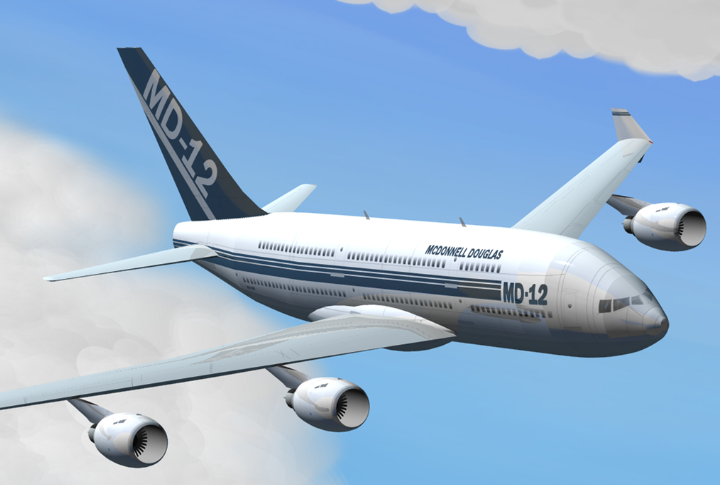
Even though the MD 12 may never have flown, its legacy lives on today’s aircraft designs. A focus on capacity, fuel efficiency, and innovative aerodynamics set the stage for the future of jumbo jets. It wasn’t just a failure—it was a valuable learning experience for the industry.
How The MD 12 Pushed The Boundaries Of Commercial Flight

Pushing boundaries is what the MD 12 was all about. Its double-deck design and massive capacity made it a marvel on paper, yet the technology wasn’t ready for such a leap. This is a reminder that even the most futuristic ideas can struggle to take flight in the right conditions.
Government And Industry Response To The MD 12

The MD 12 faced significant scrutiny from both the government and the aviation industry. Regulatory challenges and the changing needs of the airline market led to doubts about its viability. Governments and industry leaders were reluctant to invest in such an uncertain project.
The MD 12’s Impact On Aircraft Fuel Efficiency
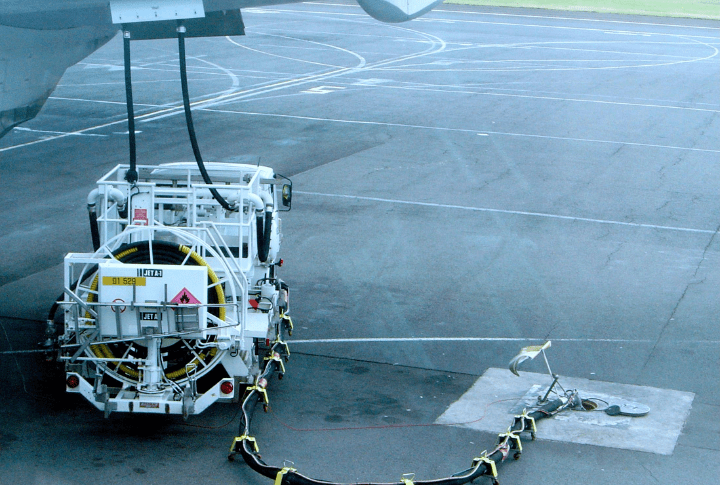
With improved fuel performance and lighter materials, the MD 12 was designed for efficiency. But with its massive size, the weight and power required to lift it into the skies negated many of these gains. Efficiency was one area where ambition didn’t meet reality.
Why The MD 12 Failed To Take Flight
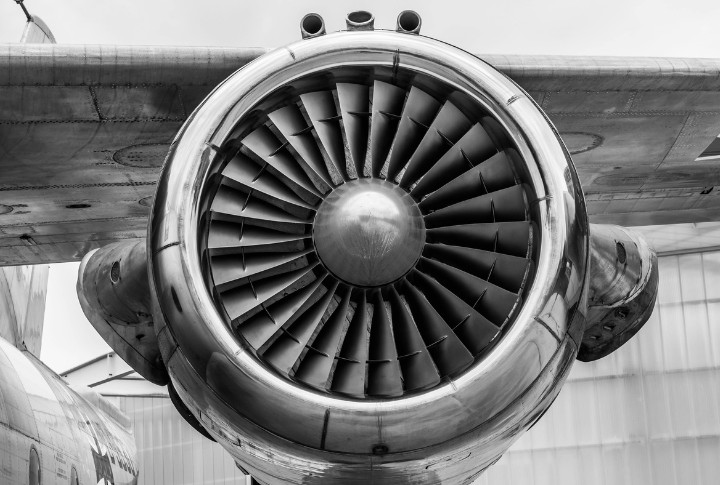
Multiple factors led to MD 12’s failure to launch: airlines would have to bear a heavy financial burden, its huge size would overwhelm the carrier, and McDonnell Douglas was in decline. In a world dominated by leaner, more efficient jets, the MD 12 was simply too much, too soon.
The MD 12’s Place In The Timeline Of Jumbo Jets
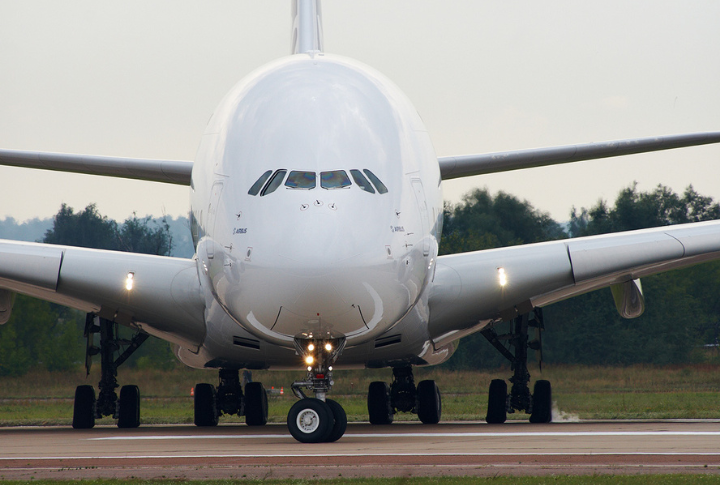
The MD 12 stands as a fascinating “what could have been” in the history of jumbo jets. Although it never made it to production, it helped pave the way for the A380 and other super-jumbos. Throughout aviation history, it will always be remembered as an idea that never came to pass.


























